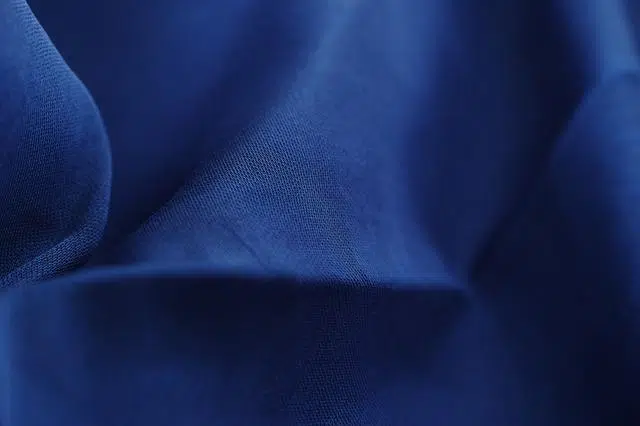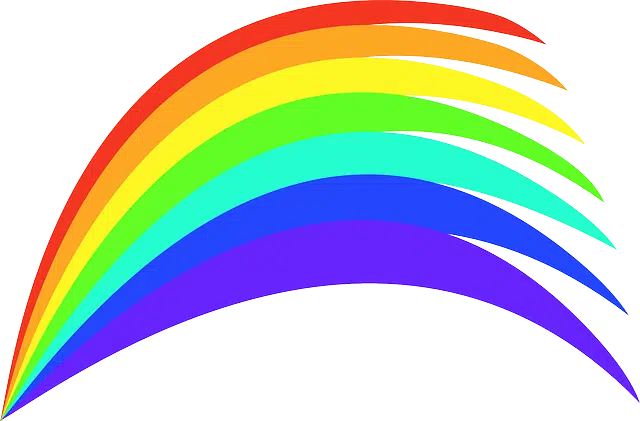
A dark blue color is called indigo or indigo.
Before reaching our language , the term indigo had an extensive etymological journey. It was born in Sanskrit nīla , passing into Persian as nil . Its path continued in classical Arabic níl [ aǧ ], from where it arrived in Hispanic Arabic as annír or anní .
The concept has several uses. The first meaning mentioned in the dictionary of the Royal Spanish Academy ( RAE ) refers to a shrub that is part of the family group of papilionaceae .
Indigo as a plant
Being a shrub, indigo is a woody type plant . It is classified as perennial since it can survive for more than two years.
Like the rest of the papilionaceae, it is a phanerogamous species (its reproductive organs can be seen as a flower where fertilization takes place), angiosperm (its carpels make up an ovary that contains the ovules) and dicotyledonous (its embryo houses two cotyledons), whose Flowers have a butterfly-shaped corolla and inflorescences with a dozen stamens.
With a straight stem, indigo displays red flowers with violet or pink spots. Its fruit is a warped pod with small greyish, green or brown grains of great hardness.
a colorant
From the leaves and stems of indigo, a paste can be obtained that is characterized by its bluish hue . These parts of the plant are processed and placed in water to then ferment.
After precipitation of the solution , the resulting substance is combined with a strong alkali. The procedure continues with pressing and drying until finally obtaining a dark, shiny blue powder.
The notion of indigo, in this framework, allows us to refer to both the pigment or dye that is obtained in this way and the color that is similar to that of the aforementioned paste of the plant.

Indigo is located in sixth place in the light and rainbow spectrum.
The indigo color
Indigo is called a dark blue that, in the light spectrum, is located in sixth place. Due to its similarity to other tones, it is sometimes used as a synonym for various chromatic varieties, regardless of possible differences .
It is common for the term indigo to be used as equivalent to woad . This is the name given to a plant that allows you to achieve a color (also called woad) that, like indigo, is deep blue.
Indigo , likewise, is synonymous with indigo. In this case, the meaning is related to the region of origin of the dye: the Latin word Indĭcum can be translated as “from India” .
Its chromatic characteristics
We said that indigo is located in the sixth position of the light spectrum. This is associated with the division made by Isaac Newton , who recognized seven shades.
Indigo, in this framework, corresponds to the bluish fringe of the spectrum and the rainbow, with a wavelength of about 435 nanometers . The lower frequencies of indigo are perceived as light blue , while the higher frequencies are perceived as violet .
Natural indigo vs. artificial
It is important to indicate that you can distinguish between natural indigo or indigo and that obtained synthetically . The natural dye, generally used for dyeing fabrics, comes from the plant already named.
Artificial indigo, on the other hand, is produced in laboratories . The first synthesis was carried out by the German Adolf von Baeyer (1835-1917) in 1880 .
